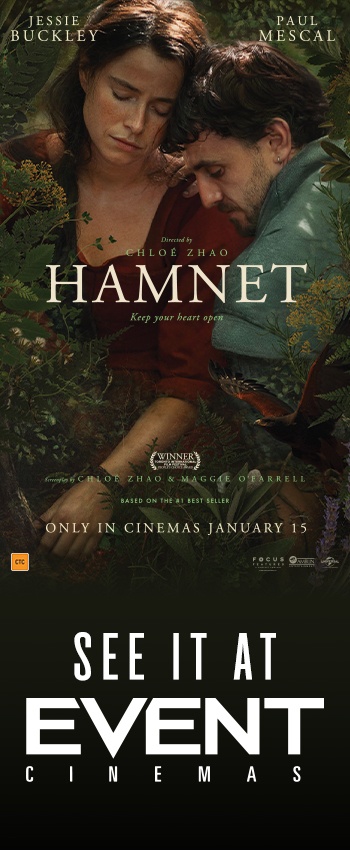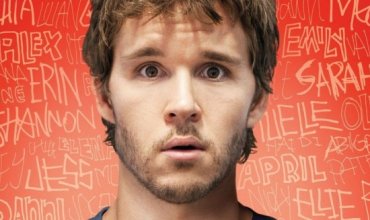Have you ever wondered whether Mary Poppins can do sick BMX tricks? Thank god someone’s finally answered that question, and the answer is yes – of course she can. Mary Poppins is floating back into cinemas after a 54-year absence from our screens. The magical nanny (Emily Blunt) returns to seventeen Cherry Tree Lane, bringing along her unconventional discipline methods and moral lessons. Michael Banks (Ben Wishaw) has grown into a practical melancholic after the death of his wife, with three children of his own – John (Nathanael Saleh), Anabel (Pixie Davies), and Georgie (Joel Dawson) – and his sister Jane has grown into an industrious, through regrettably single, unionist. Mary Poppins enlists the help of lamplighter Jack (Lin-Manuel Miranda) and cousin Topsy (Meryl Streep) to return the whimsy the Banks’ lives. The film also stars Colin Firth as the bank manager, with cameos from Dick Van Dyke, Julie Walters, and Angela Lansbury.
Mary Poppins Returns is a sequel to the original film, and based on the works by P.L. Travers. The screenplay was written by David Magee, with Marc Shaiman and Scott Wittman writing all new songs and Shaiman composing an original score.
It’s difficult to speak about the film naively – the rough imprint of the original is ever-present. Mary Poppins Returns is like a strange alternate timeline of Mary Poppins, where the chimney sweeps have been replaced with lamplighters, the chalk paintings are a ceramic bowl, and the child take a bath rather than clean up the nursery. Audiences are likely to feel a heady sense of déjà vu as the film runs concurrent to the original almost scene for scene. The biggest improvement on the original film is Meryl Streep’s number.

Grown-up Michael looks and acts nothing like what you’d naturally expect young Michael to have grown into, and for all intents and purposes he feels like a completely different character. In Jane, at least, there is a glimmer of her childhood self shining through in adult form. The three Banks children do well in the roles of loud, unrealistically dialogued early 19th child actors. Blunt’s nanny could stand to be a little more dignified and stern, and in places the performance feels overplayed and rings false. Having said that, it’s a difficult role with massive shoes to fill, and she does well to combine singing, acting and dancing.
While the songs are good, I walked away with ‘Let’s Go Fly A Kite’ stuck in my head and that wasn’t even featured or reprised in the film. Miranda’s singing is greatly impeded by his fake cockney accent. Some of the songs are quite catchy, while for others the tune will be forgotten as soon as the song finishes. And each song can, again, be traced back to their original film counterpart.

There is an over-reliance on CGI in certain scenes, while the scenes that play with set and character interaction work best. The incorporation of early Disney animation harks back to a time when the blending of live action and animation was cutting edge cinematography, and it’s nostalgic to see the familiar style on screen again. Mary Poppins remains as mysterious, shrewd and genteel as ever, and for a modern adaption, the film manages to retain some of the mysticism and nostalgia of a bygone era of cinematography.
While there’s enough whimsy and wonder for Mary Poppins Returns to captivate a new generation of children, for parents and older fans of the original returning in the hopes of further delight, the excitement will fall a bit flat. Unfortunately, the romanticisation of the original will be the downfall of its successor – there’ll only ever be one Mary Poppins.
I rate this film 7/10.
Popp-in and see it when the film hits Australian cinemas on 1st January.




